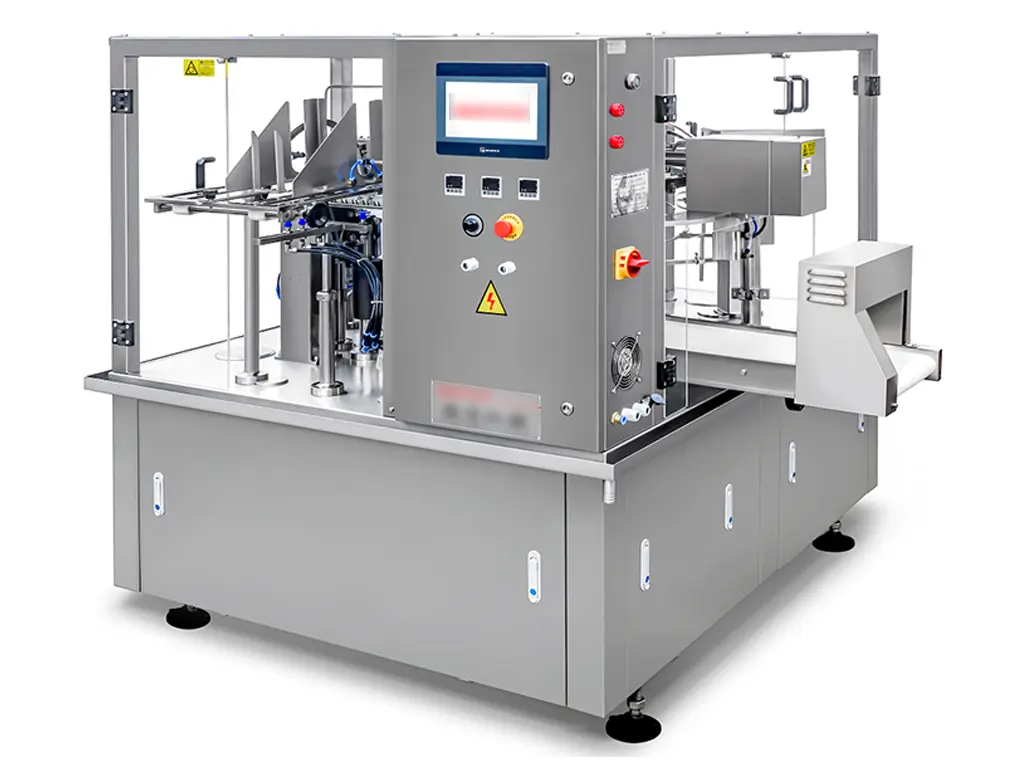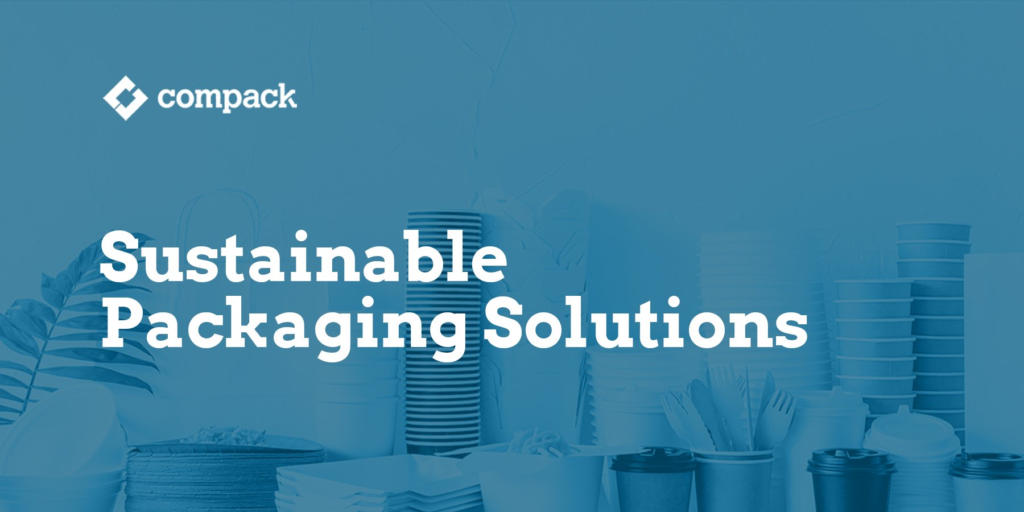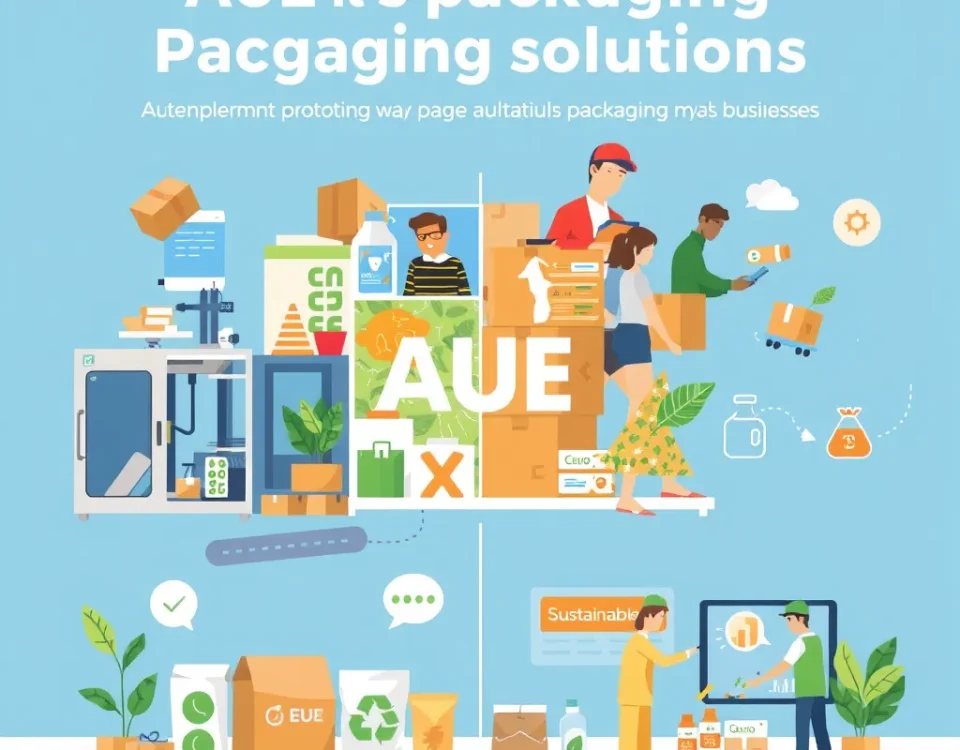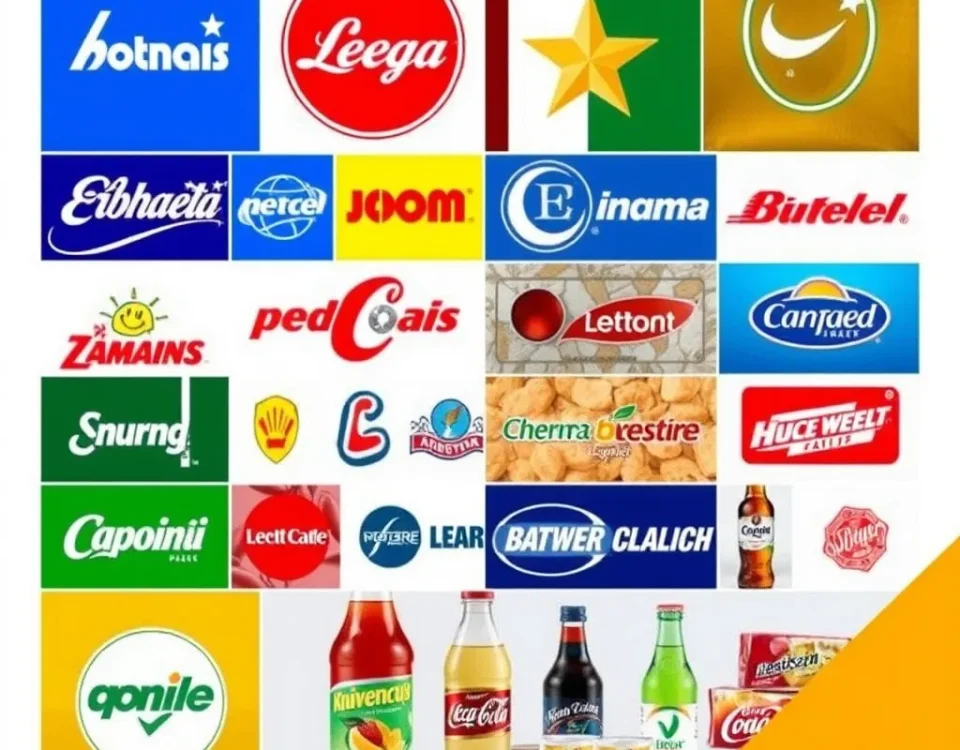
Revolutionizing Packaging Solutions with Innovative Machinery
July 10, 2023
Top Packing Machine Manufacturers in Pakistan for Automated Packaging
August 22, 2023As consumers become more environmentally conscious, there is a growing demand for sustainable packaging options. Packing materials like plastics, styrofoam, and other non-biodegradable products can take hundreds of years to break down, polluting our landfills and oceans. Companies are now seeking innovative ways to package their products while reducing waste. Here are some of the top sustainable packing solutions available today:
1. Biodegradable packing peanuts – Traditional styrofoam packing peanuts are petroleum-based and never decompose. An eco-friendly alternative is packing peanuts made from cornstarch or other biodegradable materials. These dissolve in water and can be safely composted. They provide the same protective cushioning during shipping but without the negative environmental impact.
2. Mushroom packaging – A revolutionary new packing material called Mushroom® is made from agricultural waste fibers and mycelium, the root structure of mushrooms. The mycelium acts as a natural binder to form the molded packaging. It requires less energy and emits less CO2 than plastic to produce. Mushroom packaging is biodegradable, compostable, and provides thermal insulation.

3. Wool cooler insulation – Plastic bubble wrap and foam insulation for coolers is being replaced by natural wool insulation. Sourced responsibly from sheep farms, the wool fibers trap air to cushion delicate items. Wool is a rapidly renewable resource that biodegrades when composted. It’s manufactured using 60% less energy than synthetic insulations.
4. Reusable shipping pads – Plastic air pillows get popped after one use and thrown out. For a reusable option, some companies offer durable shipping pads filled with foam beads. They come in a storage bag and can be deflated and stored flat between uses. This eliminates waste while still protecting items in the mail.
5. Corn starch packaging – As an alternative to petroleum-based bubble wrap, packing pillows and sheets can be made from corn starch. This renewable material is biodegradable and compostable. Shaped cornstarch packing peanuts are also available as a substitute for polystyrene styles. The starch versions dissolve in water and decompose naturally.
6. Recycled paper cushions – Paper cushioning made from recycled cardboard or newsprint helps give packing a second life. These paper pads biodegrade faster than synthetic versions. Using post-consumer waste paper decreases demand for virgin tree pulp. Some styles can be re-used before recycling.
7. Soy ink labels – Many paper packing tapes and labels use adhesives made from fossil fuels. For a more Earth-friendly option, some companies are now using adhesives derived from soy beans and other bio-based materials rather than petroleum. These renewable adhesives are better for the environment.
8. Compostable mailers – Padded envelopes and parcel mailers traditionally contain synthetic materials and non-recyclable hybrids. New compostable mailers made from plant-based biomaterials provide protective padding for shipments. They can be commercially composted along with their contents.
9. Edible packaging – Some companies are creating ingenious packaging that can be eaten. These edible containers are made from natural materials such as cacao pods, coconut husks, and algae. They provide sustainable protection for powders, liquids, and small solid items. The packaging can be consumed after contents are used.
10. Reusable shipping containers – Rather than cardboard boxes or EPS coolers used once then discarded, reusable shipping containers are a smart green solution. Durable eco-friendly crates made from bamboo, cotton straps, and other sustainable materials can ship items door-to-door then be sent back and reused.
With creativity and innovation, more businesses are adopting sustainable packing solutions that are better for the environment. Consumers can also help drive change by choosing products that use less packaging, opting for recyclable or compostable packing materials, and reusing shipping materials. Simple changes help ensure a greener future.





